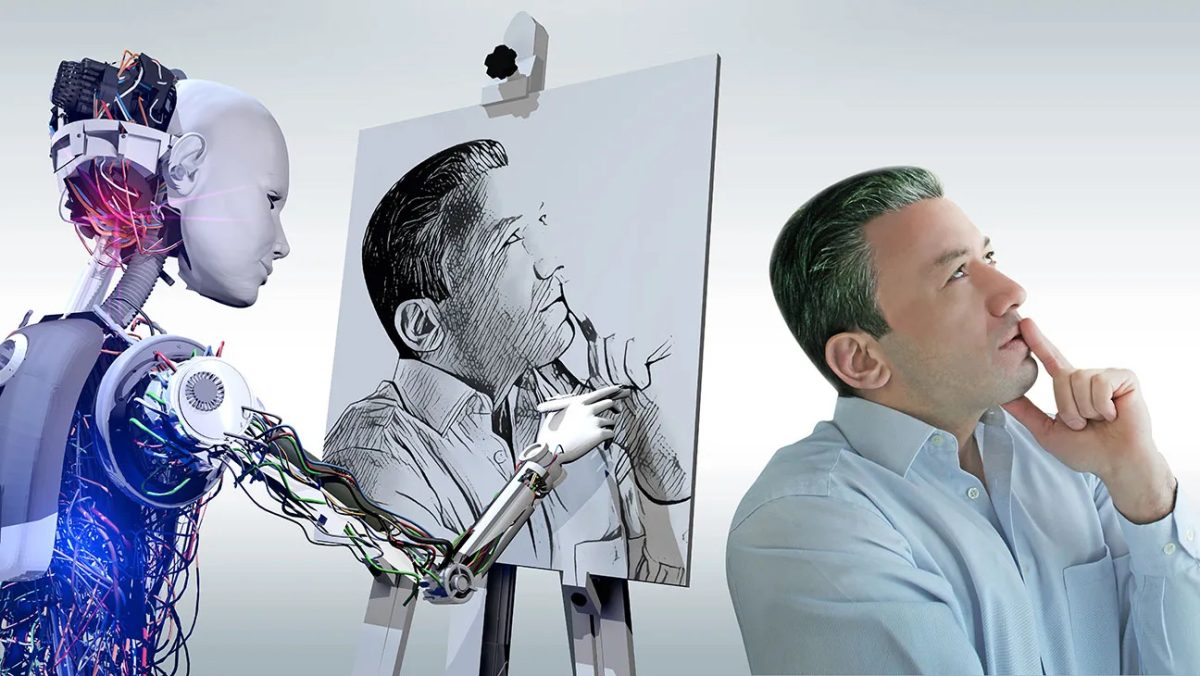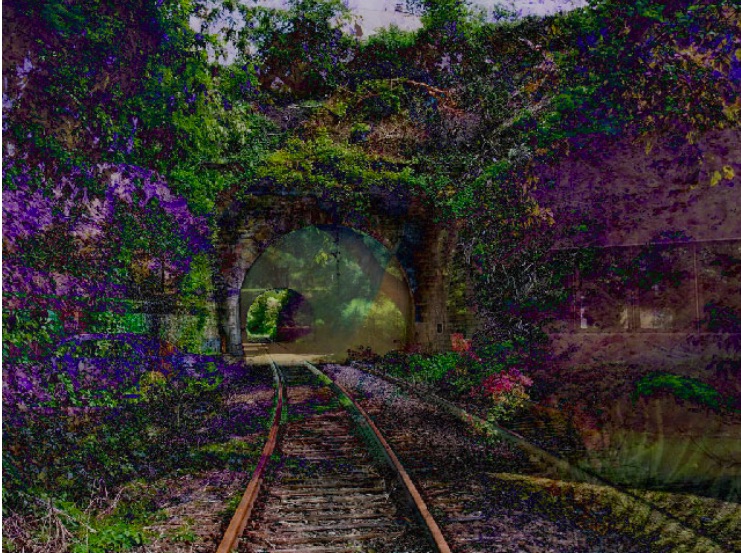AI-generated art without any human input cannot be copyrighted under the United States laws, as ruled by a court in Washington.

“human authorship is a bedrock requirement of copyright.”
States the ruling. AI-generated art is taking the creative world by storm. Not only are artists using it to make breath-taking creations, but brands are hopping onto the wagon, welcoming the new technology.
This week, a U.S. District Judge Beryl Howell affirmed the Copyright Office’s rejection of an application filing by computer scientist Stephen Thaler.
The application is regarding his DABUS system, and a request for its creations be covered under the US patent laws. Thaler has a history of applying for similar patent requests in the UK, Australia, South Africa and Saudi Arabia – with similar results.
Evaluating Al-Generated Art
In 2018, Thaler applied for a copyright covering an artwork, “A Recent Entrance to Paradise”, created by his AI system which he called Creativity Machine without any human input. The rejected application from 2022 is due to the fact that any form of creative work needs to have human authors to be copyrightable.
Adding to this as part of the case of Thaler vs. Perlmutter, United States District Court Judge Howell supported this by saying “human authorship is a bedrock requirement.”

Right now, there are various lawsuits and patent requests pending judgements with courts worldwide. There is little clarity on how stringent the laws are going to be with artificial intelligence entering the equation. Not only that, but AI is also becoming a norm in creative industry. Because of this, the legal evaluation of its work is necessary to better understand its practice in future.
Subscribe to FIB’s Weekly Breaking News Report for your weekly dose of music, fashion and pop culture news!






